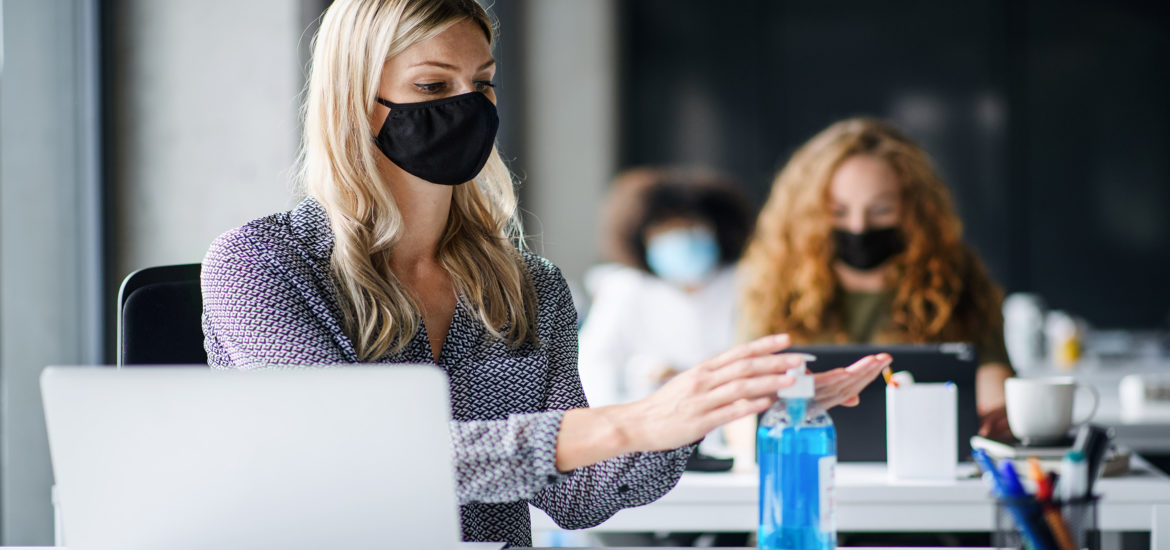As of early June 2020, more than 7 million cases of COVID-19 have been confirmed around the world. Since the outbreak first started to spread, millions of businesses closed their doors or switched to remote operations. Now, many countries are beginning to reopen for business. If your office is starting to think about reopening, you likely have a lot of questions about what that will look like and how you can keep your employees safe. Check out what you need to do to protect your staff and comply with safety guidelines.
Start with a risk assessment
Before employees can return or you start to welcome customers back, it’s important to evaluate the risks and difficulties you’ll be facing so that you can be prepared. Businesses have a responsibility to their employees to provide a safe and healthy workplace. In many countries, laws are in place to dictate the level of care and preparation that you’ll need to take. For instance, in the U.K., the Management of Health and Safety at Work Regulations requires that, at a minimum, employers:
- Identify potential hazards that could cause illness or injury
- Decide how likely it is that someone could be injured and or become ill
- Take action to eliminate or minimise those risks.
Usually, these risks and hazards are industry-specific. But thanks to COVID-19, businesses are dealing with new responsibilities and risks. The best way to deal with these new challenges is to start with a risk assessment. To do this, take a close look at your business operations, employee responsibilities, and customer spaces. Ask yourself where individuals may come into close contact with one another, touch the same surfaces, or otherwise put someone at risk of contracting coronavirus. If your employees are a part of any worker or trade unions, consult with those unions about their own risk assessments or requirements in the wake of COVID-19. Once you’ve created your risk assessment, you can use the results to implement cleaning and social-distancing measures and to plan out the phases of your business’ reopening.
Plan for your employees return
After you’ve assessed the risks that your employees and customers will face, it’s time to plan for how and when employees will return to work. Check with your local government to find out whether there are restrictions in place. For instance, some cities and countries are requiring certain types of businesses to remain closed or to operate on reduced capacity. Once you’ve confirmed you’re compliant, it’s time to decide what makes sense for your own business. If your employees, or a portion of them, are currently working from home, consider whether this is something you plan to continue. Depending upon your business and the roles of your employees, remote work can make it easier to minimise the risk of spreading the virus, and help you reduce the cost of operations while business is still slow as a result of COVID-19. As much as 56 percent of employees in the U.S. have a job that could be performed remotely, but prior to the COVID-19 outbreak, just three percent worked from home. After the virus has subsided, it’s likely that number will have grown. If you do need your employees to return, decide whether your office has space for employees to practice social distancing, as well as whether you have the tools and manpower necessary to sanitise your space adequately. If you have a large enough space and a small number of employees, you may be able to have them return at the same time for normal work hours. But if not, a phased reopening may be a better choice. There are several options for a phased reopening. You could start by bringing back essential employees, then allow other employees to return at a later date. Alternatively, you could have employees work reduced hours to give you more time to sanitise or even rotate shifts. You’ll also need to decide whether to allow individuals who are considered high-risk to continue working from home.Click here to learn more.
